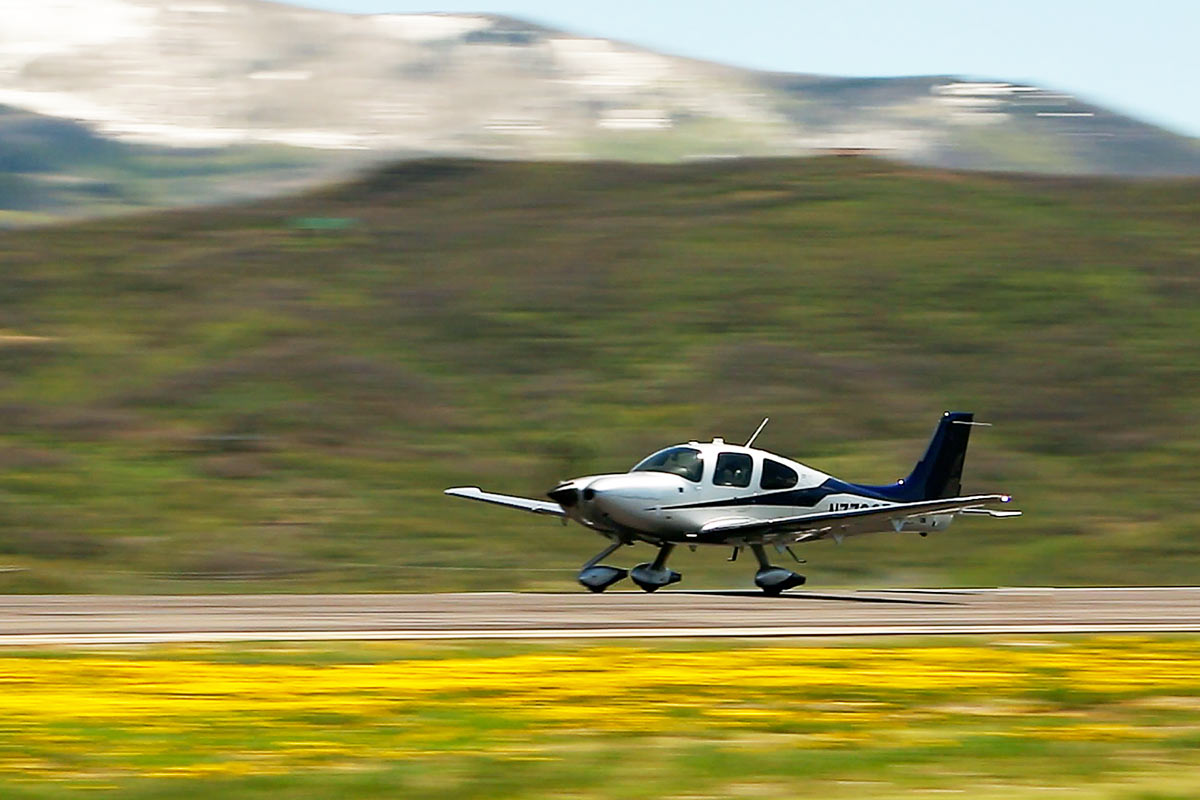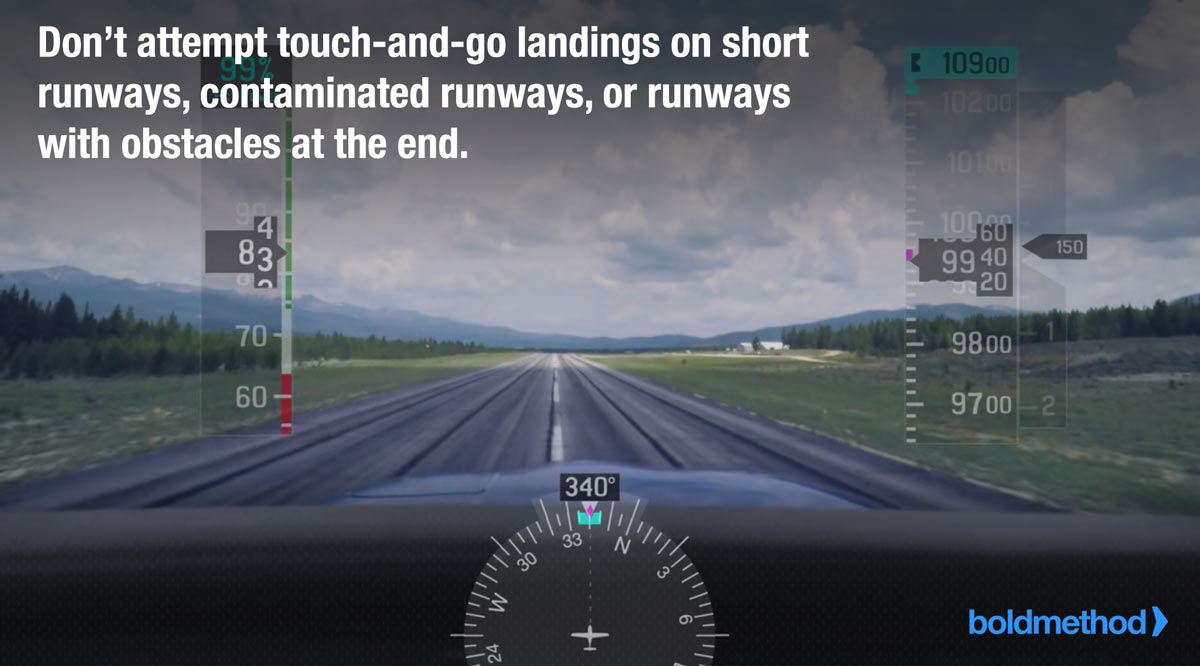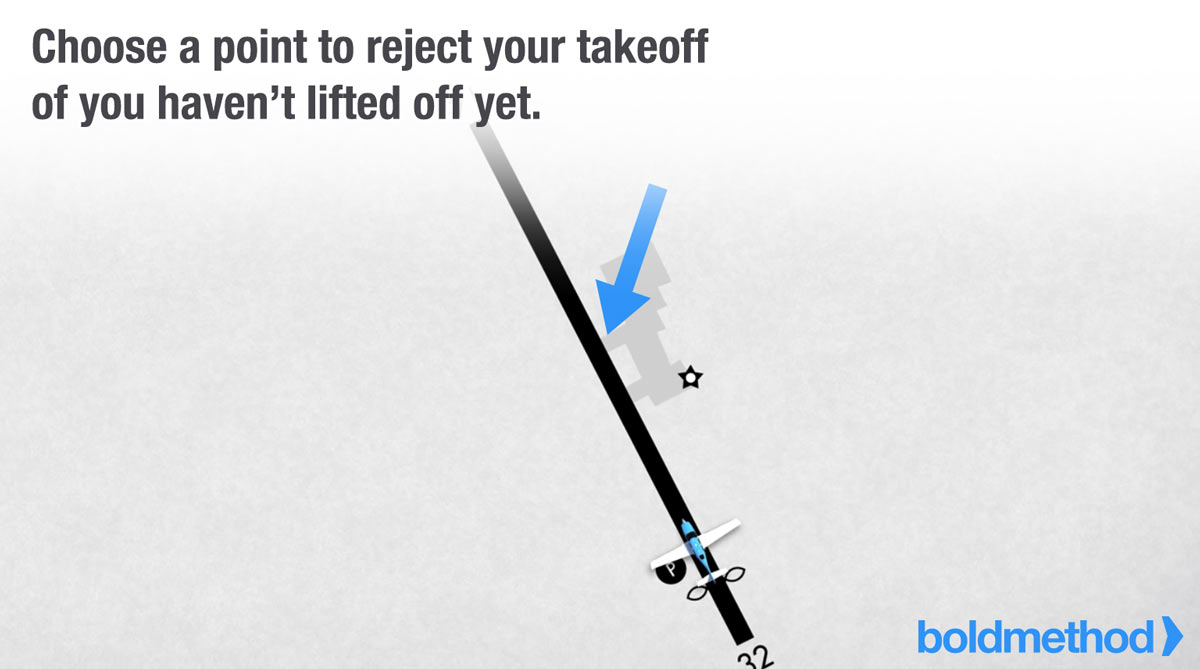07/02/2020
Nearly every pilot has flown a touch-and-go. But did you know the FAA doesn't publish guidance on how to fly one? Here's what you should know...

Flying Touch-And-Go Landings
For how common they are, you won't find guidance on flying touch-and-goes in the FAA's Airplane Flying Handbook. Flying a touch-and-go is only defined in the AIM and Pilot/Controller Glossary as an "operation by an aircraft that lands and departs on a runway without stopping or exiting the runway."
Why? We're not sure.
What we do know is that you'll fly countless touch-and-goes while you're in training, so you might as well learn the maneuver and how to fly it safely.
Flying Your Approach
The procedure you use to fly a "normal landing" is what you'll use to fly touch-and-go landing. You can even fly one after a power-off 180 approach. However, you must keep in mind that takeoff and landing performance isn't calculated for touch-and-go operations.
That means you shouldn't attempt touch-and-go landings on short runways, contaminated runways, runways with tailwinds, extremely soft-fields, or runways with obstacles at the end. The decision making is up to you, and it's your job to determine if the touch-and-go can be flown safely.

Touchdown And Reconfiguration
While the touchdown will be the same as any other landing, the key to a safe touch-and-go is to reconfigure your airplane for takeoff while you're rolling down the runway.
It may sound trivial, but even a slight distraction can lead to a loss of directional control on the ground. This is why most CFIs wait to teach students touch-and-go landings until the student is comfortable with managing multiple tasks during landing.
Managing The Touchdown
Like any normal landing, as you bring the power to idle, the airplane will begin to decelerate by itself. You likely won't use much, if any, braking during a touch-and-go. As the plane slows, your control surfaces become less effective, and you'll need to maintain directional control with your feet and hands as you reconfigure for takeoff.
Once you're safely on the runway, here's what you'll need to reconfigure (always follow your POH):
Flaps: Raise the flaps to the takeoff position.
Re-Trim: Trim the airplane for takeoff.
Carburetor Heat: If your airplane requires carb heat to be on during landing, make sure you turn it off prior to takeoff for maximum engine power.
Contrary to most flight operations, this quick reconfiguration is something you'll do without referencing a checklist. Configure the aircraft, then continue to focus your attention outside your plane and down the runway.

Takeoff Roll And Liftoff
Once reconfigured, you'll perform a normal takeoff. The only major difference here is that you're starting the roll at a higher speed, so the time it takes to reach liftoff speed will be significantly less. As you add power to continue the takeoff, have taxiway or point on the runway that serves as a rejected-takeoff point. If you're not airborne by that point, reject the takeoff.

The "Do-Not's" Of Touch-And-Go Landings
While touch-and-goes can be a great way to maximize your time practicing normal landings and takeoffs, there are a few things you shouldn't do:
Never Use Unsuitable Runways: We covered this earlier. Avoid runways that are short, soft, contaminated, or runways with tailwinds. If you're at towered airport, you'll need a touch-and-go or "option" clearance.
Avoid Complex Airplanes: Mixing in landing gear levers, propeller controls, cowl flaps, regular flaps, and trim, among other things all at once, increases your risk for making a mistake. Keep it simple.
Never Switch Your Fuel Selector: Never switch your fuel selector on the ground during touch-and-go operations. Save it for a safe spot on the downwind if you need to switch tanks.
Beward Of High-Density Altitude Airports: If you do practice touch-and-gos at a high DA airport, make sure you have a long runway and strict "reject" point.
Avoid Soft/Short Field Practice: If you perform a touch-and-go during soft/short field practice, you're only accomplishing half of the maneuver. How you manage the controls and braking through a stop is one of the most important parts. Try flying a stop-and-go landing or a full-stop taxi back instead.
As always, communicate your intentions to tower, or to other airplanes at non-towered airports. Airplanes in the pattern and around the runway need to know if you're planning to take off again.
What Do You Think?
When do you think it's appropriate for students to begin practicing the maneuver? What other advice do you have? Tell us in the comments below.
Take The Next Step...
Do you have a perfect takeoff and landing every time? Neither do we. That's why we built our Mastering Takeoffs and Landings online course.
You'll learn strategies, tactics and fundamental principles that you can use on your next flight, and just about any takeoff or landing scenario you could imagine. Even better, the course is full of tools you can come back to throughout your flying career.


No hay comentarios:
Publicar un comentario
Espero atento tus comentarios